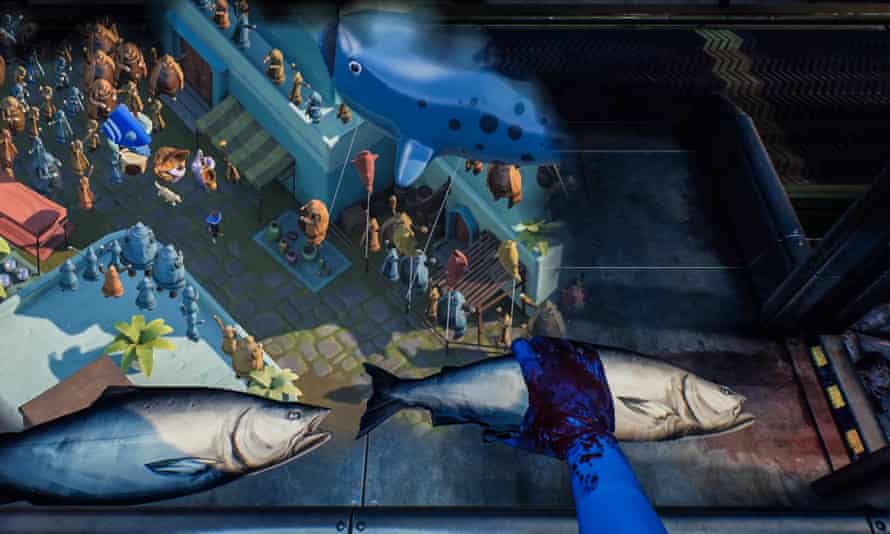What do you look for in a video game? Excitement? Immersive escapism? A sense of achievement? Or to be reduced to a blubbering mess? My youngest daughter, Sharkie, said I would get all of that from What Remains of Edith Finch. So I leap into the game, not even angry that the title doesn’t have a question mark at the end.
The most intense gaming experience I ever had was crying during Final Fantasy VII on the PlayStation. You know the bit I’m referring to, don’t you? Genuinely great things in life make you cry, whether they be movies or songs, first loves or sports-final defeats. Laughing is easy. We laugh every day, even when things aren’t actually funny. But crying takes something special, such as Aeris dying, or Terry Jacks singing Seasons in the Sun, or the finale of Buffy Season 2, or watching Mr Holland’s Opus on a plane when you are drunk.
I cried at all of that, but I never cried at the births of any of my children. I always thought that made me a terrible parent from day one, and this is what is going through my mind as I play Edith Finch, which is about a family whose children all die in strange circumstances. That’s our biggest fear as parents, isn’t it? As we flounder in the ocean of our parental failings, we cling to that one rock: at least we haven’t killed them. And that’s what makes it impossible for me to enjoy this game.
That’s not to say I don’t admire many things about it. The individual styles of each death story are beautifully varied, from scenes in heartrending POV to others drawn through a retro Viewmaster. This is art coded on to a constantly changing gaming canvas. I would go as far as to say the section where one of the brothers slowly loses the will to live working in a fish cannery is the most creative video game level I have ever seen.

I like the pace, too. Great art cannot be rushed, and here you’re always walking: it’s probably the slowest game I’ve played since Lords of Midnight on the ZX Spectrum. This means I can consume a sliced turkey and cream cheese bagel while I play, the kind of lunch you simply cannot eat while playing Call of Duty.
But I can’t escape from the fact that most of the gameplay in What Remains of Edith Finch revolves around kids dying. Kids of all ages. From teenagers hit by storm debris to a baby drowning in a bath. For an angsty middle-aged parent, this is far more upsetting to watch than any claret-ejaculating Mortal Kombat fatality. And it’s all so avoidable! Basically all of the deaths in this game come down to bad parenting. One character dies from food poisoning after eating stuff left lying around. No! I spent so much of my life cleaning out fridges and putting safety locks on cupboards precisely so that didn’t happen. I am that parent who is obsessed with predicting what can go wrong. I put rubber on the edges of every countertop. I made all my kids wear bicycle helmets in the house when they were learning to walk. My children turned me into such a paranoid parenting wreck, they killed off all the wanton joy of being an irresponsible 90s lad.
You can’t do anything to save the characters in Edith Finch; you just have to watch their individual tragedies. That’s kind of the point of the story, but for me this is as frustrating as watching Titanic. Actually, it’s worse, because you are not just watching them die, you are unwillingly steering them towards their demise. I have spent 23 years as a parent trying not to get my kids killed. I really don’t want to play a game where I can’t save them.
While What Remains of Edith Finch didn’t give me escapism, achievement, immersion, or the emotional release of my own tears, it did make me conduct an extensive health and safety recce of our house and dig out the old bicycle helmets for the kids. Even though they are now aged 15, 17 and 23.
Post a Comment